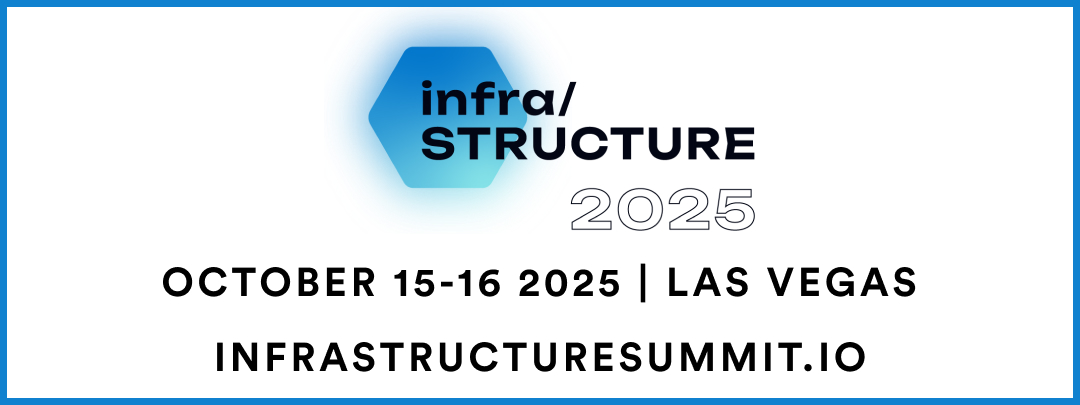WSS: Early returns from earnings season confirm hyperscale growth trajectory and patterns, while opening door to market inefficiencies
It was a busy week as we push into the the heart of earnings season and navigate public holidays in various parts of the world. The hyperscalers were the first to report and this past week we took a closer look at the results coming from AWS, following reports from Microsoft, Google and Oracle Cloud. There were some common threads across the results. Growth was stable and healthy, and did not show too much change, while Oracle Cloud was a bit of an outlier and saw more acceleration (but at a lower level of scale). For all the hyperscalers, there was management commentary about demand exceeding supply as constraints around infrastructure, and the time needed to stand it up, is making it difficult to serve all the demand seen in the pipeline. More than one hyperscaler expects the supply and demand imbalance to even out towards the end of the year, but that remains to be seen. The constraints out there are real and this may be a bit optimistic. But there is no question about the long-term trajectory of the sector and the CapEx projections disclosed by the hyperscalers – with AWS set to exceed $100b – speaks to overall confidence in demand and the determination to invest rather than be left behind. The AI wave to come is real and the sector is still building out the infrastructure to support it. The gap right now is about timing of the phases and cycles. We are far from being on the cusp of being over-built and over-supplied.
A number of the hyperscalers disclose bottom-line details for their cloud infrastructure businesses and there is no question that things continue to push forward in a positive direction even as growth sometimes oscillates (relatively speaking). Innovation, technological advancements, engineering gains and scale all leads to operating efficiency gains that flow through to the bottom-line. The useful life of servers continues to be extended (AWS did this in early 2024 and Meta increased this metric to 5.5 years this past quarter) and operating margin and income steadily improves y/y. In short, as the hyperscale cloud business scales, it gets more efficient and brings unit prices down, leading to wider adoption. The proceeds are then invested back in the business and we saw AWS recently disclose a number of new advancements in its data centres that drive energy efficiency and operating gains. Hyperscale cloud continues to evolve in a virtuous cycle and is why short-term worries about large-scale investments and CapEx commitments are misdirected and unfounded. There will be ups and downs, and some dialling down and rationalization will be needed. But the sector is going to continue tracking within these boundaries.
On the topic of over-building and over-hyping, we also have more commentary on the fake data centre phenomenon. Our valued contributor Daniel Golding of Appleby Strategy Group talks about what hyperscale customers are saying and what kind of new groups may have a chance to succeed in this challenging market. Some will make it, and some will not, and this can be debated. But one thing we can agree on is that the cream will rise to the top and it will not be easy to replace or outdo experienced operators with decades of experience and expertise.
With the focus on hyperscale and AI leading operators and investors to go after large campus-style deployments, there has been a bit of a market inefficiency opening up in the edge-hyperscale category. Deployments of 10-40MW still have a ton of value, and in the right place, will see significant demand. The category has almost been a bit overlooked, but the market will correct, especially as AI inferencing starts to take off (and the DeepSeek revelations, if pushing even part of the progress claimed, is going to help accelerate things; among other factors) Quantum Connect, in partnership with PowerHouse Data Centers, is bringing to market a 20MW IT load facility in the heart of Ashburn and is going after exactly these type of edge caching, edge compute and AI inferencing workloads. It will likely see a great deal of success.
Amid the activity around AI, it is often forgotten that there is still movement from traditional environments and this helps keep the demand pipeline full. This can take the form of migration from on-premise environments to outsourced infrastructure, and traditional infrastructure to public cloud platforms. It is ongoing and in the past week, we saw Rackspace move a customer to public cloud from traditional infrastructure, while in Australia, legacy environments made the move from internal to data centre colocation environments.
On the strategic side, it was somewhat slower week, but DataBank secured more growth capital, Applied Digital closed financing for its North Dakota project and Vantage Data Centers reviewed the various capital raising transactions it closed during a very productive year.
Finally, there was some more movement on the nuclear energy side. TerraPower is working with Sabey Data Centers and looking to supply energy for its data centre portfolio. There will be a lot of regulatory hurdles to deal with, but the goal is to have something online around the end of the decade.
We will of course have more on all these topics in the coming weeks and it will be at the centre of the discussion in Las Vegas at our annual executive summit infra / STRUCTURE. Some good news on that front: we have already opened registration with early bird pricing.
or



